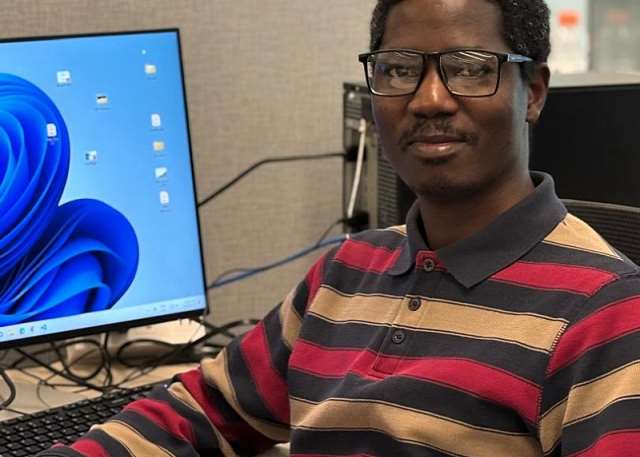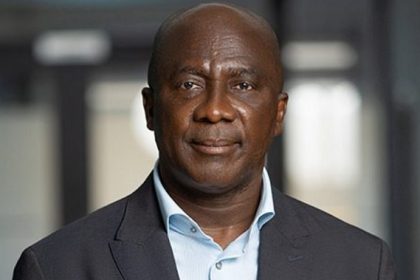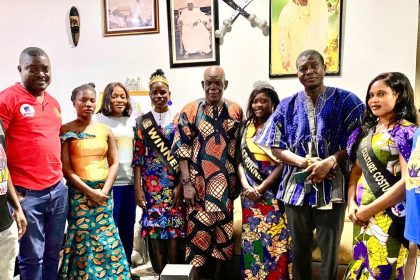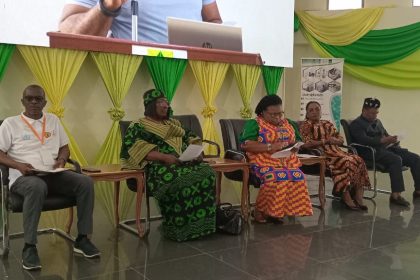A Ghanaian scientist is helping to shape the future of wireless communication. Dr. James Adu Ansere, a Postdoctoral Research Fellow at Memorial University in Canada, is working on a groundbreaking approach that could redefine how 6G networks operate.
His research combines quantum computing with semantic communications to create systems that don’t just transmit data but understand and send only the most meaningful information—quickly and securely.
Current wireless systems, like 5G, are designed to deliver every bit of data, no matter how big or small. But as billions of devices come online—from self-driving cars to artificial intelligence—this traditional method won’t be enough.
Dr. Ansere’s approach centers on semantic communication, a method that sends only essential information. For example, instead of a car transmitting full video data from its cameras, it would send a simple message like “There’s a pedestrian 10 meters ahead.” This could dramatically reduce delays, cut energy use, and free up bandwidth for other critical tasks.
Making this work requires extraordinary computing power—and that’s where quantum computing comes in.
It processes massive amounts of data much faster than traditional computers, enabling smart devices to make real-time decisions while locking down communication with ultra-secure quantum encryption.
“We need networks that don’t just send data. They must be able to interpret meaning, react instantly, and protect themselves against threats,” Dr. Ansere explains.
His research isn’t just theoretical. It has real-world implications. In health care, it could allow doctors to perform complex telemedicine tasks in low-bandwidth environments, potentially bringing advanced treatment to rural areas.
In cities, it could help self-driving cars and drones communicate more reliably and avoid collisions. Online, it could make virtual reality smoother and more accessible by sending only changes or key updates, instead of constantly streaming full environments. And during emergencies like earthquakes or floods, this technology could focus on distributing urgent lifeline information, such as survivor locations or medical needs, even when networks are damaged or limited.
Dr. Ansere’s work has already earned international recognition. He received the prestigious Seal of Excellence from the European Commission for his postdoctoral research proposal, signaling that his work is globally competitive and impactful. He has also been awarded a Best Paper Award by the IEEE, one of the world’s leading technology bodies.
At Memorial University, his work has won praise from top figures in the field. “James’s research is transformative, merging quantum technology with communication systems to meet future demands,” said Prof. Trung Q. Duong, his supervisor and Director of the CERC-NGCT lab.
Before moving to Canada, Dr. Ansere held several leadership positions at Sunyani Technical University in Ghana, where he helped guide research priorities and academic programs. This experience influences his focus on making new technologies useful beyond high-income countries.
“A clinic in rural Ghana should have the same quality of telemedicine as a hospital in Toronto,” he says. He believes the next era of wireless communication must close—not widen—the digital divide.
With several publications in top academic journals and a growing global reputation, Dr. Ansere continues to make waves in the world of advanced telecom research. His goal is clear: to ensure that 6G technology is not just faster, but fairer—delivering smarter, more secure connectivity that can benefit people everywhere.






